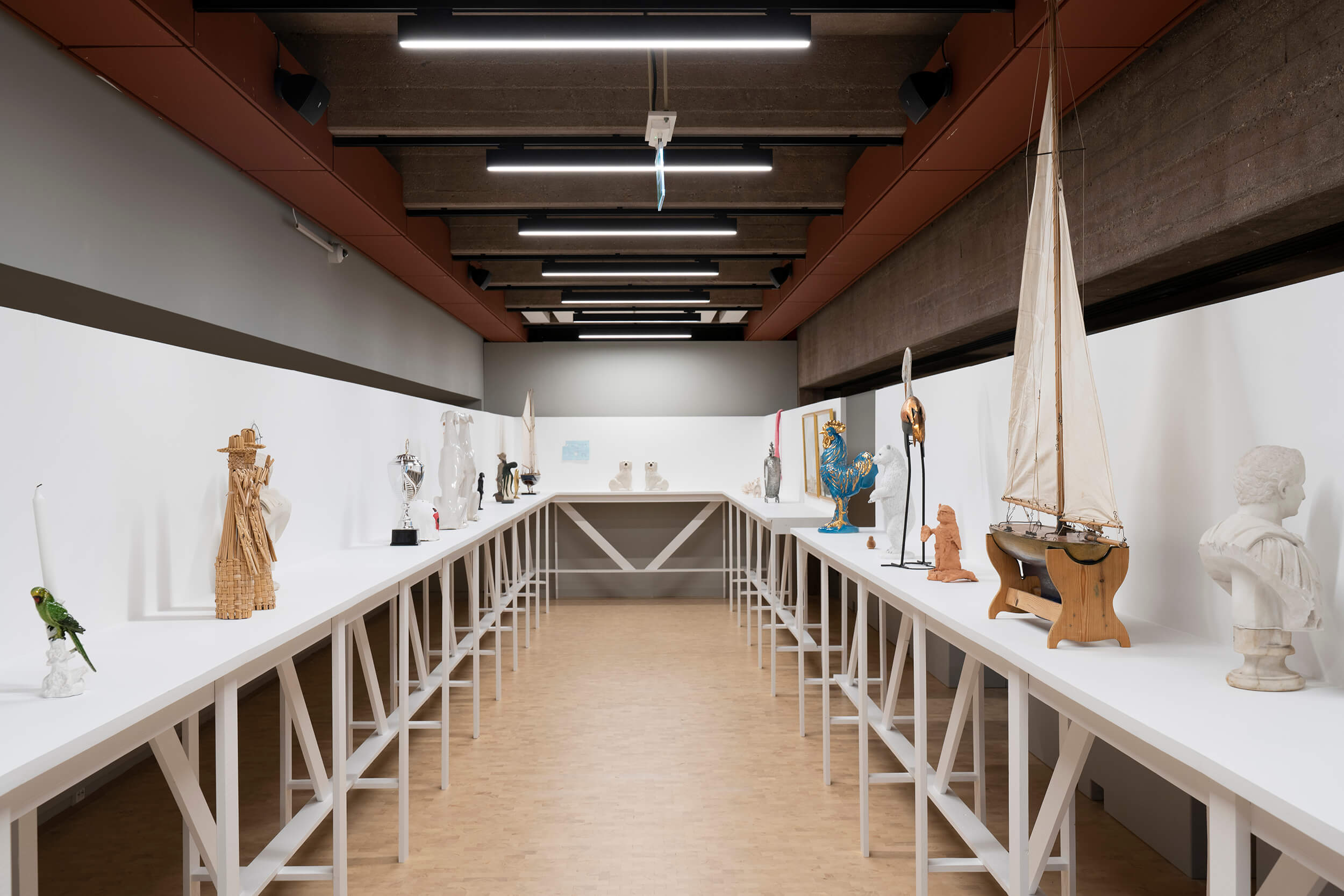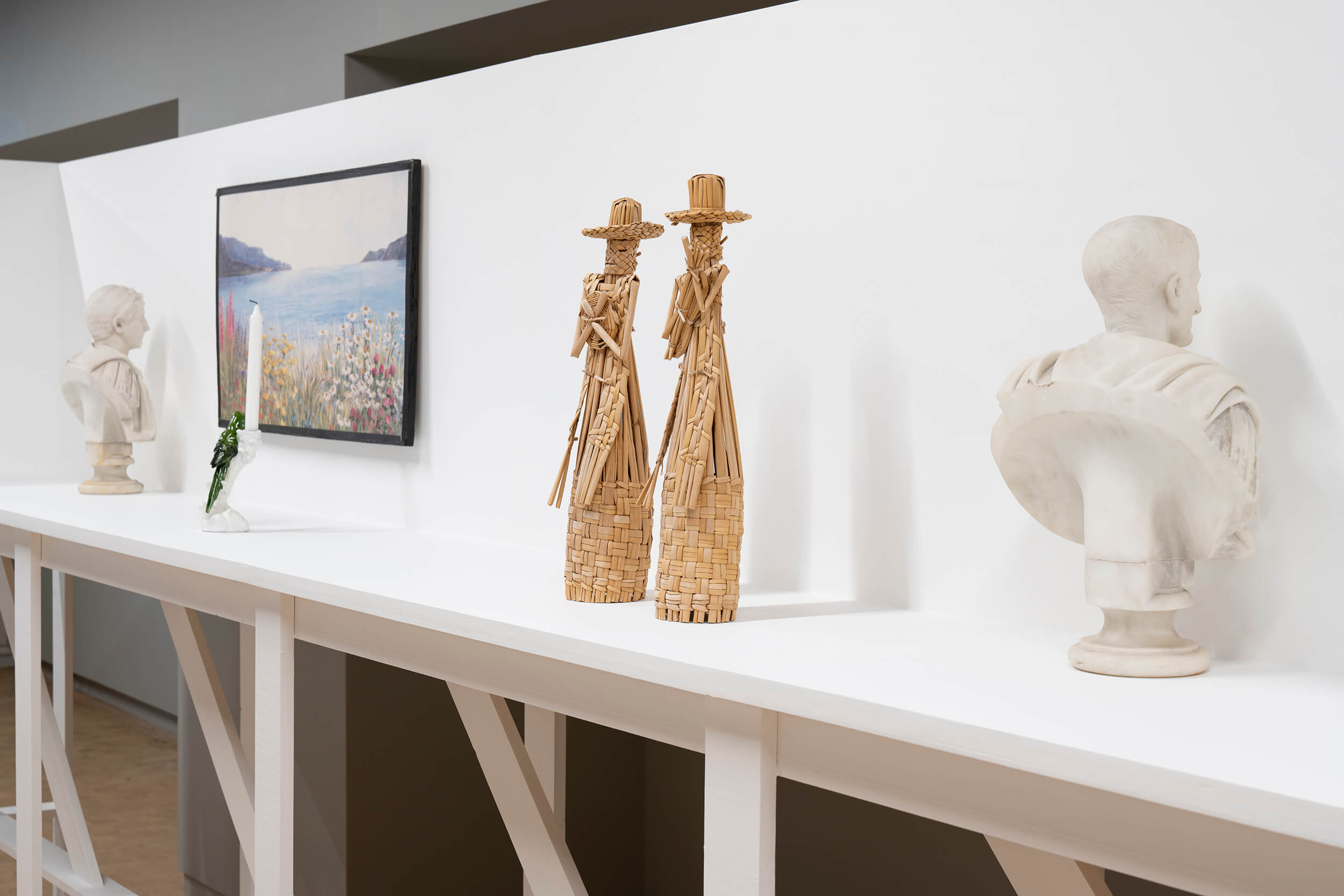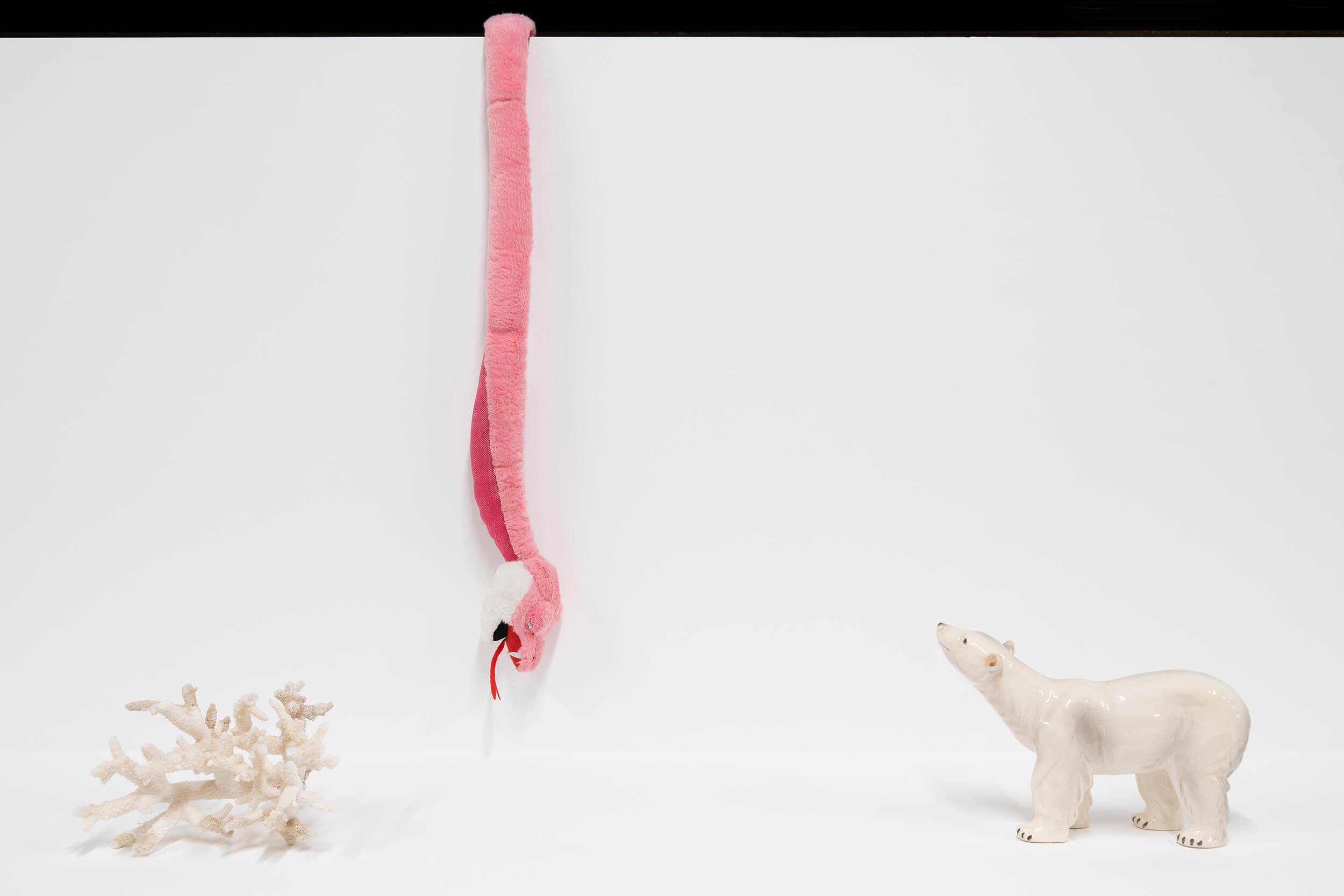The multidisciplinary artists Denicolai & Provoost are interested in the everyday lives of people and ways to playfully disrupt routines. Their project Eyeliner (2017–present) shows how art exhibitions can result from the collective effort of many people, regardless of age, class, identity, or culture. In Bergen, the work charts their exploration of the city, its inhabitants, topographies, and different neighbourhoods, including its outskirts. The wandering artists blur public and private space, discovering the stories and lives of the people of Bergen to capture an aspect of peoples’ innermost selves and characters.
As in many cities, residents and shop owners alike often display small objects or curios on ledges, balconies, and windowsills—these are placed at “eye line” (hence the project’s title), to share with those passing by. When encountering these mini-museums, Denicolai & Provoost were struck by their idiosyncratic and personal nature. They approached their owners with loan-request letters and asked for interviews, in which they asked about the owners’ lives and posed the question: “What are your dreams?” Identified simply by the street and name of the object’s owner, the sourced objects have been borrowed and are re-displayed at the Bryggens Museum—which also, fittingly, displays thousands of artefacts and archaeological research into the everyday lives of Bergen’s inhabitants in the Middle Ages. Meanwhile, a note is left in the object’s original place, stating that the work is on loan.
Brought together as part of the Moped Rider, who ventures far and wide, the objects and interviews constitute a possible collective portrait of the city and lives of Bergen residents—a portrait that could appear ever different, depending on the display. The show is accompanied by a publication with the interviews, and drawings that tell the story of each object, its display, and its lender.
These objects are re-assembled in an exhibition space as a museum of everyday life. Eyeliner comments on the modes of presentation and exhibition that exist outside of formal artistic contexts, but also on the immaterial: on ways of looking and what we try to communicate visually, producing a sense of intimacy that arises from engaging with people’s everyday lives—if only we take the time to stop and look.
Objects provided by: Rita E. Andenes (Bergen Katedralskole), Linda Antonesen, Nina K. Bech, Agnes Rostrup Van Deun, Geir Flage, Jørund Hitland, Lisbeth Berge Holst, Birgithe M. H Iversen, Sonja Løtveit, Lisbeth Milde, Eli Moe, Irene Moe, Guro Ingeline Myhre, Ivar Myhre, Anne Myhrvold (Mathopen skole), Kjersti Nygård, Einar Østad, Thomas, Siv Magny Parnas, Nina Helen Pedersen, Leonora Rolland, Siren Simpson, Bettina Smith, Maren Stallemo, Ingun Beate Tefre, Bjarne Trovik, Arild Jens Unstad, Irmelin Danielsen Urdal, and Siren Vatshelle.
The Moped Rider
Bryggens Museum
Dreggsalmenningen 3
5003 Bergen
Website →
Artist Biography
Denicolai & Provoost is an artistic duo comprised of Simona Denicolai and Ivo Provoost. By coming together, they indicate their interest in what is different, in the encounter, friction, and exchange. With their work they try to disrupt our habitual ways of thinking and routine behaviour. They ask: What can art do? How can art be used for sustainable change? Denicolai & Provoost have worked together for over twenty years, since the mid-1990s, using a multidisciplinary, process-based method called “sculptural action,” in which they decouple existing elements from a familiar context, shifting and rearranging them in order to establish new narratives. They often examine questions concerning citizenship, identity and solidarity.
Denicolai & Provoost’s practice has sociological overtones and usually interacts with an individual space’s unique characteristics to disrupt normative ways of viewing a place and everyday movements within it. For each project they choose a specific discipline that helps define the meaning of the outcome. Spending focused time in different places teaches them about how social orders are formulated and, therefore, how they might be re-conceived. They make observations or enact scenarios in which people, objects, and stories become collaborators in a seemingly simple process that is playfully touching and complex. Such community forming underlines the inclusive value of art, which is often revealed through this collaborative process. Their forms include performance, video work, installation, models and studies, all of which derive meaning from the interpretation of art as an active concept.
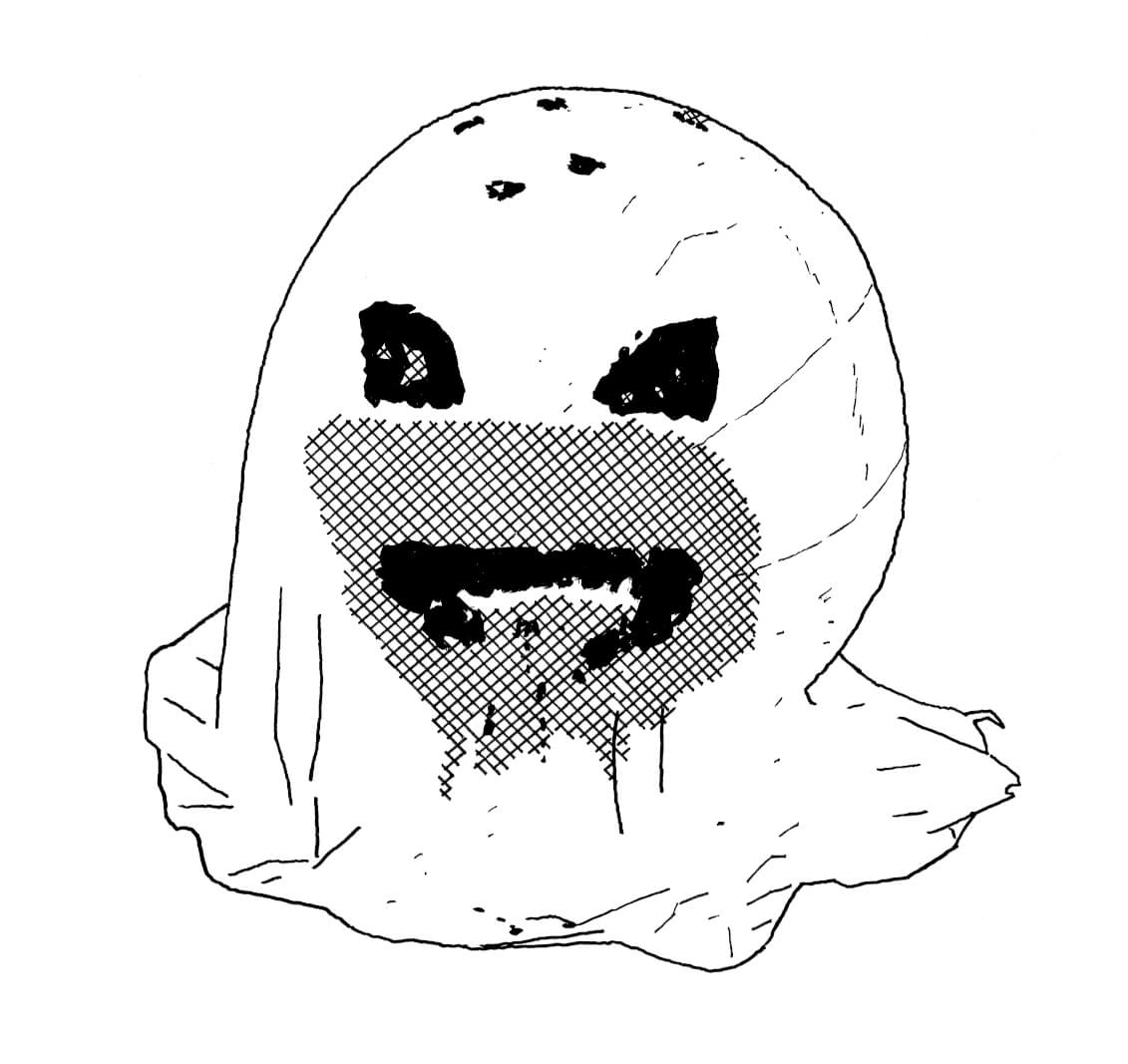
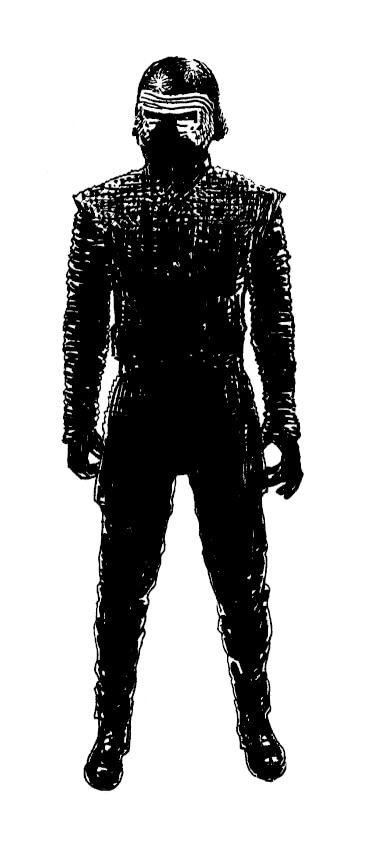
Upcoming events
Exhibition
Side Venues
Exhibitions
Side venues
Date
Time
Event
Venue
